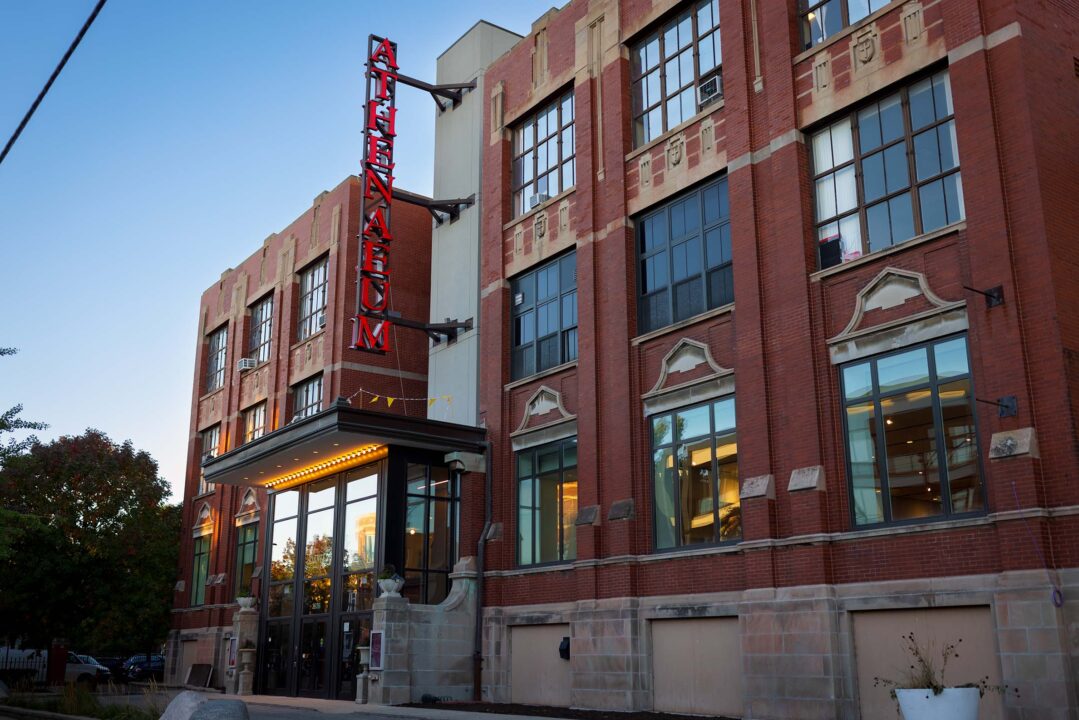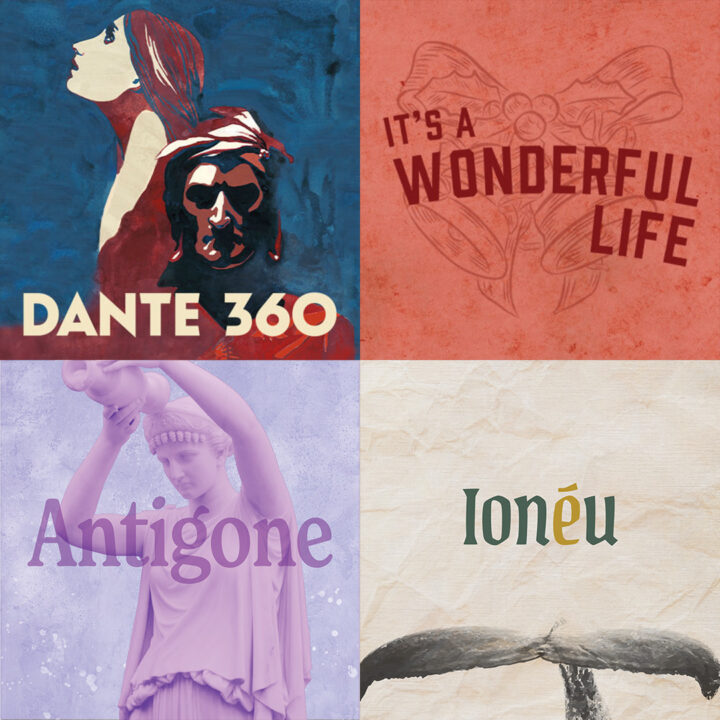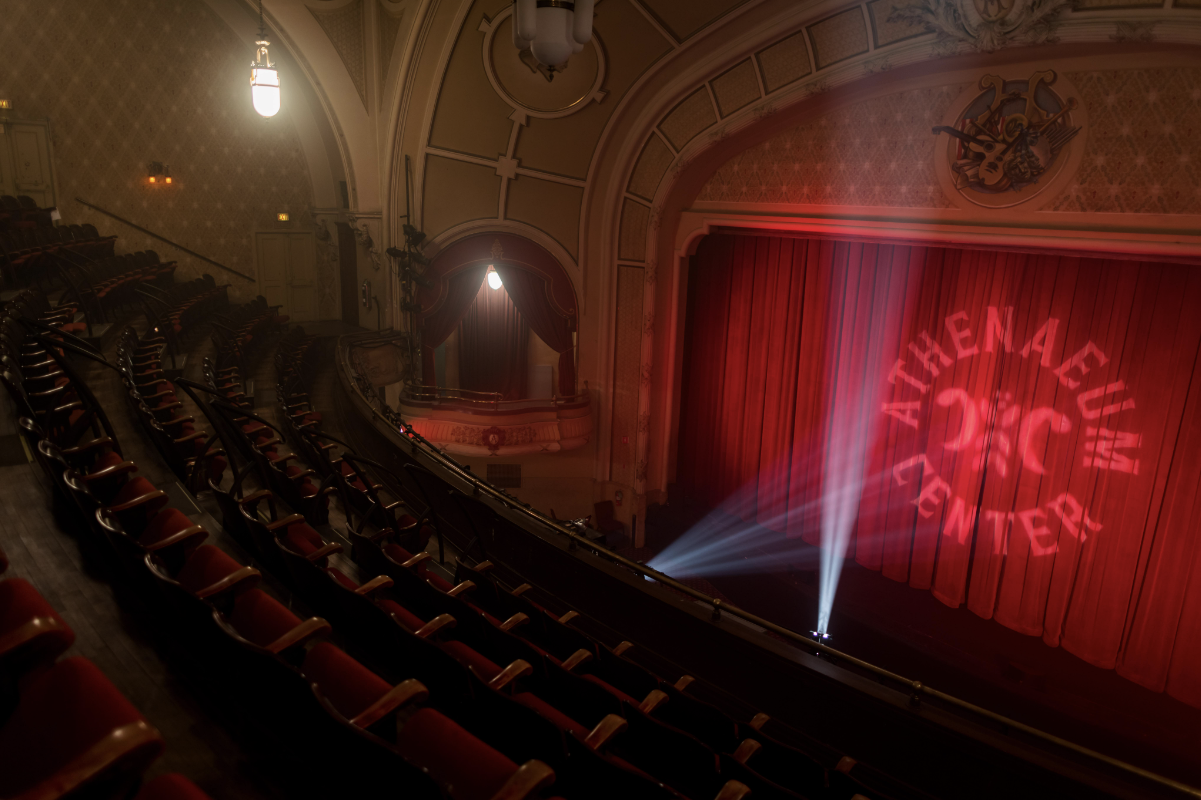Human beings are by nature narrative beings, and this orientation toward story is not accidental to our nature. Rather, it is a faculty given us by which we experience the unfolding of truth throughout our lives. It is inextricably connected to another foundational aspect of human existence; we are meant to live in community. This is equally true in the words of Aristotle: “Man is by nature a social animal,” or of Genesis: “It is not good for man to be alone.” And true art is the communication of one inner life to another.
Human beings are built to receive Truth particularly through narrative. This is why the Lord chose to reveal his love for his people through the story of the nation of Israel. He did not do so because he did not love the Gentile nations, nor because he did not plan to save them, but because the human understanding of true, deep, abiding love is a naturally exclusive union (the development of monogamous marriage across cultures testifies to this). Thus, for reception by human minds, the overwhelming love of God is most properly articulated as an exclusive love. We understand Israel, in addition to a historical and beloved nation, as an icon of the human soul. When Isaiah says “hear, oh Israel,” he addresses the individual soul as well as the nation. This inclination toward temporal expressions is why Christ taught in parables, and it is why we are drawn to art, to the theatre, to novels, and to film. We are temporal, and thus we understand eternal truths expressed temporally.
The ancients seem well aware of this sensitivity to narrative. For instance, we see early in the development of Judeo-Christian thought the use of the Jonah story as a mechanism for articulating ideas of mercy and redemption. Jonah holds a prominent place in the Judeo-Christian artistic tradition (ie. “Jonah Under the Gourd Vine”, a marble statue from the late Roman period, one of seven Old Testament figures in Michelangelo’s frescoes in the Sistine Chapel, and others). He is a favorite of the Christian iconographic tradition in large part because of the typological interpretation of Jonah as a type for Christ, and in Jewish tradition the Book of Jonah is read during the services of Yom Kippur, the Day of Atonement.
Narratives and pieces of art bridge the gap between languages and cultures.
But in addition to its historical and theological significance, the Jonah story holds sway over the hearts and minds of artists because it, like the theological tradition of which it is an icon, is at its core occupied with the subjects of mercy, grace, and redemption. Early Christian artists used artistic mediums to convey the great beauty of the faith to those who may not have a robust doctrinal understanding of its theological content. Narratives and pieces of art bridge the gap between languages and cultures.
The Jonah sarcophagus, carved on stone in 300 AD, is one of the oldest pieces of Christian art that we possess. In addition to scenes from the Jonah story, it features the raising of Lazarus, St. Peter baptizing his gaolers, Noah receiving the olive branch from the dove, and several other scenes from both Scripture and tradition. It unifies the Old and the New Testament, as well as bridges the gap between the Jews and the Gentiles who together formed the Christian people. Indeed, when we look at and contemplate it today, it unites us to thousands of years of Christians who contemplated the meaning of mercy and resurrection when we were yet unborn.
When done well, art functions as a common language between individuals. For this reason, artistic articulations of the theological landscape are integral to the evangelization efforts of the Church. Art reveals and augments the artist’s conception of truth.
One of my favorite examples of the power of art in this regard is Dante Alighieri’s Divine Comedy. In 1441, when Dante was writing the epic that would become one of the most formative works of the Western canon, he did so in Italian, the common language. At that time, respected literature was composed in Greek or Latin. The result was a poetic articulation of the Christian faith that made theology accessible to the common people. His art played a foundational role in the development of Christian theology by inviting people who were not classically educated into the doctrinal landscape.
Dante’s work is attentive to the existence—and formation—of the theological imagination, which is integral to the human experience of the Christian life. The Divine Comedy forms its reader’s imagination such that he can imagine hell and understand a shadow of the glory of the mercy of God. Dante Pellegrino’s journey from hell, through purgatory, and to paradise is a masterful poetic articulation of a theological reality; namely, the need of the human soul for mercy and the desire of God to give it.
Our experience of art and of life ought to be a gradual attunement to the voice of Christ, which speaks through his creation the whole world over.
Imagination often appears in scholarly discourse merely as a thing juxtaposed against the rational—or worse, against the demonstrable. Art engages a faculty which, while inferior to the intellect in many respects, has the power to grip the human soul and lead it to the foot of the cross. It has the power to move us, and truly good art has staying power. And this is not only true of explicitly Christian art. The Incarnation—the Birth, Death, and Resurrection of Christ—fundamentally altered the nature of the world, and the goodness of creation cannot help but testify to the goodness of its creator.
Sophocles’ Antigone is as striking today as it was in 441 BC. This is because the questions and themes that it wrestles with are deeply human ones, and its dramatization of the effects of those questions on human life is poignant and honest.
But I don’t think I would say Antigone says the same thing now as it did in 441 BC. Its thematic resonance, like all of temporal existence, has changed as the result of the Incarnation. When the second person of the Holy Trinity became man, he imbued all of earth with eternal significance. He transformed the whole world into a tabernacle. Antigone’s death at the end of the play has always been tragic, but the full reality of its tragedy is only understandable in light of the Incarnation, which reveals the limitations of pagan philosophy and points to the healing nature of Revelation.
We see the power of art in modern history as well; for good and for ill, art influences and transforms the culture surrounding it. Frankly, we see a lot of the ill, so here I will focus on the good. It’s a Wonderful Life, released in 1946 and revisited every Christmas since, is an example of the way in which art begets unity. It constitutes a link between generations, and this is in no small part because it is not merely a holiday story; it is a human story, and it asks the question, “what is the purpose of human life?” The answer, of course, is love. And perhaps the reader will see this as an oversimplification, or as overly sentimental.
But let us circle back to the power of narrative. We think of statements like “the purpose of human life is love,” as sappy, I think, because the truth they point to is so big. Narrative frames these truths in a way that is temporally understandable; it constitutes a doorway for Truth to enter into the soul.
True art thus has the ability to speak truths which in plain speech seem confusing, placatingly simple, or even trite, in a way which the human heart—even the heretofore unattuned human heart—can understand. And indeed, all our experience of art and of life ought to be a gradual attunement to the voice of Christ, which speaks through his creation the whole world over.


Last year, I began working for a theatre in Chicago’s Lakeview called the Athenaeum Center for Thought & Culture. My meditations today are inspired by the works which comprise our first full theatrical season. In 1911, the Redemptorist Fathers of St. Alphonsus parish built the Athenaeum next door to the parish as a home for the intellectual, physical, and spiritual growth of their parishioners. Today, it is Chicago’s oldest continuously operating Off-Loop theater, and the Athenaeum Center for Thought & Culture (ACTC) was founded in 2020 with the goal of reclaiming the Redemptorists’ rich legacy and reestablishing the Church’s voice in art and culture. We believe that even those who have closed their hearts to the altar can be moved to Truth by the Beauty of the stage.
The unique power of live theatre lies in the fact that the story is happening in the same room as you. There is an electricity unique to the stage and a bond that is forged between members of the audience who are ostensibly strangers but who have experienced Truth together.
In Hebrew, the word for glory–caved–is also the word for weight. I think we feel the weight inherent in glory whenever we are truly awestruck by a beautiful thing. Art is an intersection of time and eternity, a temporal expression of eternal truths. At least, that is what it ought to be. And of course, no singular moment in time can fully bear the weight of eternal glory, but through art we may catch a glimmer of the reality of Beauty. This is why that pleasant, warm, painful feeling of the experience of Beauty settles over us, at once so sweet and so painful to bear.
At the Athenaeum, we are continuing to build out a robust program worthy of the weight and glory of our artistic inheritance, and we are so excited to develop our future seasons.

The Athenaeum Center for Thought and Culture’s 2024/2025 season is comprised of the pieces I’ve mentioned in this article: Dante 360 (a multimedia interpretation of the Divine Comedy), It’s a Wonderful Life, Antigone, and Ioneu (a retelling of the story of Jonah and the whale). Tickets are available here, and you can feel free to reach out to me at [email protected] if you’d like to hear more about the Athenaeum Center and our mission.
